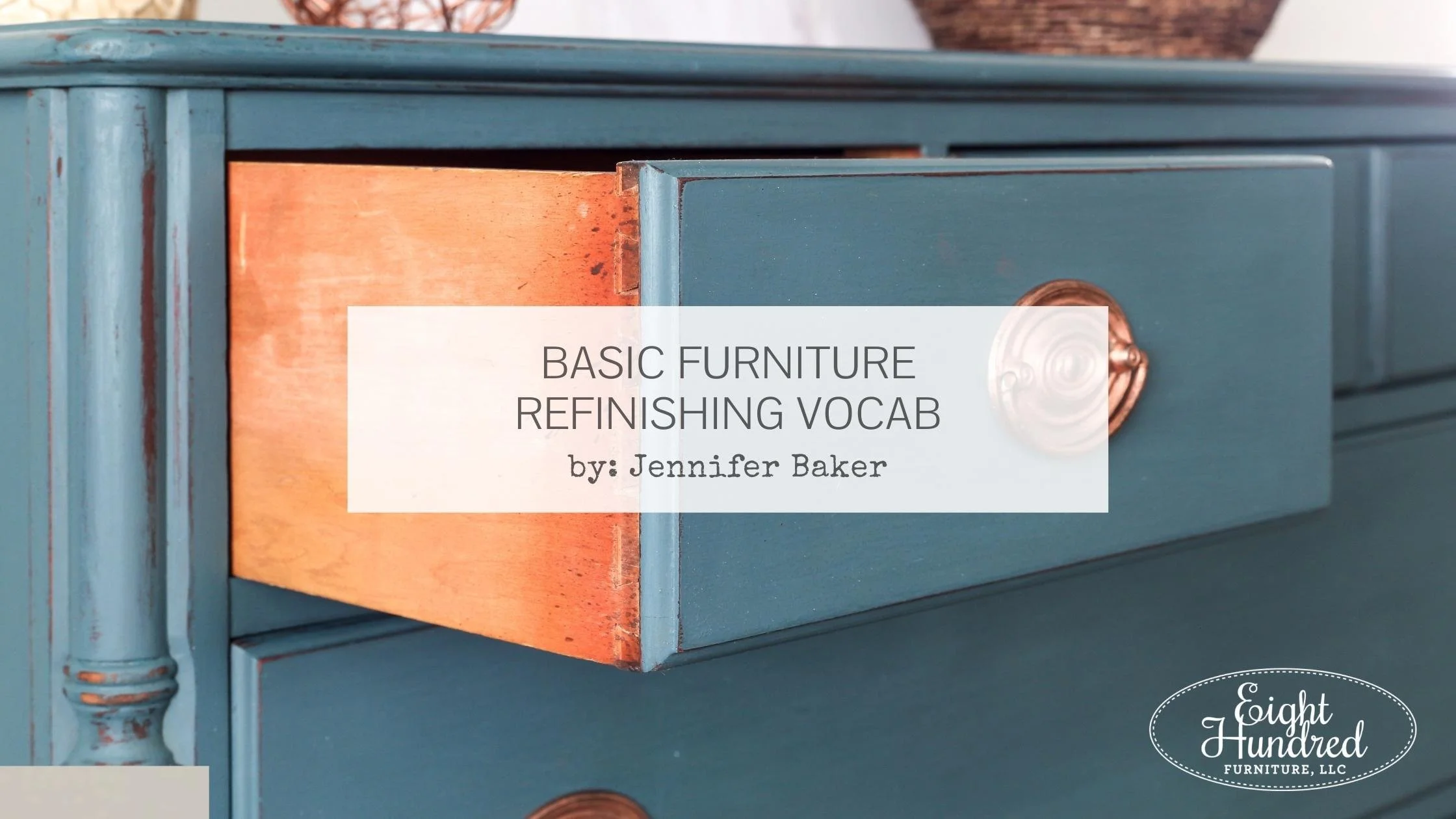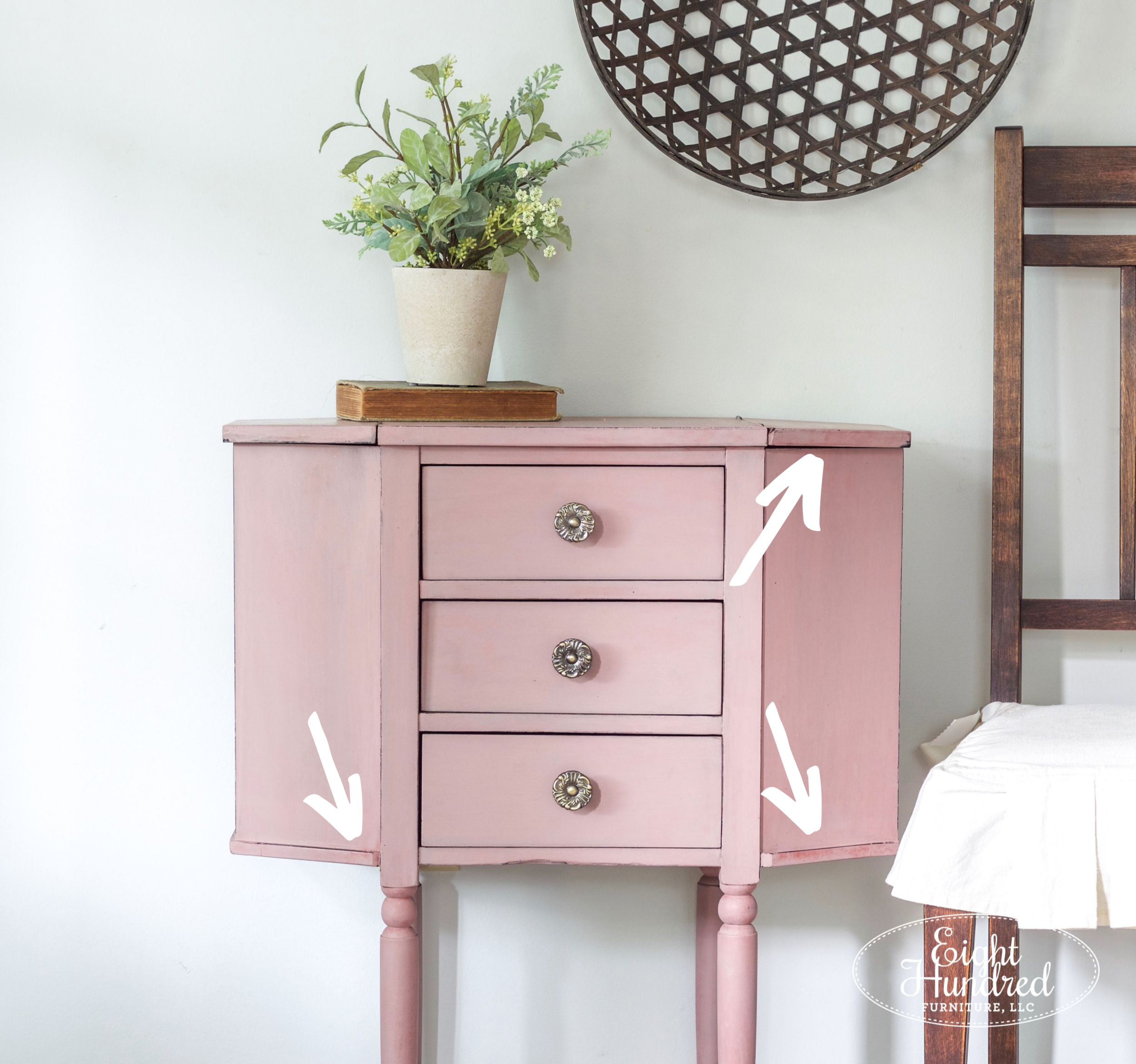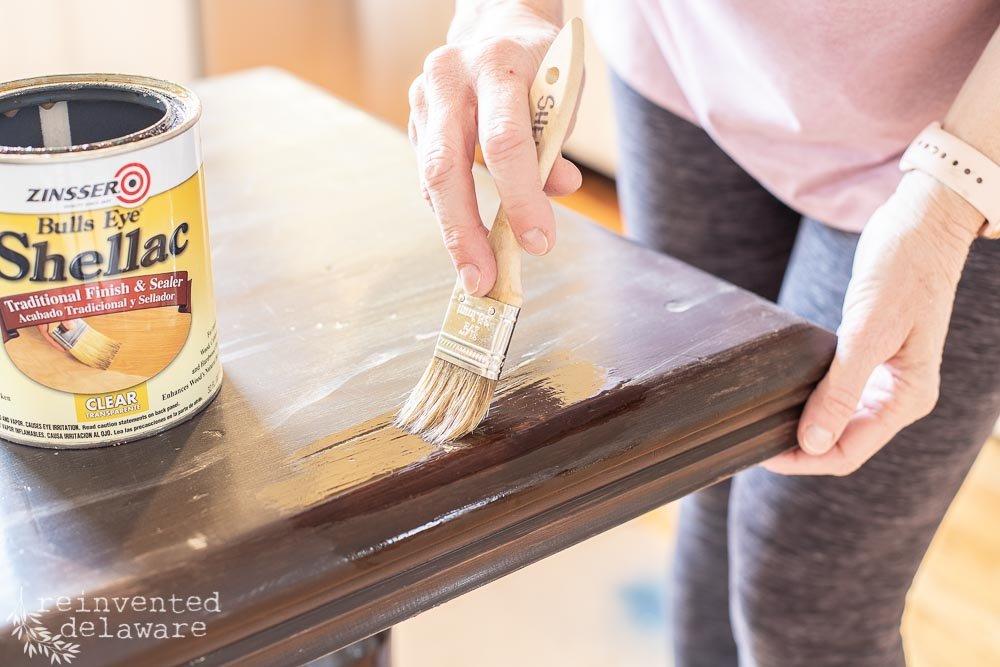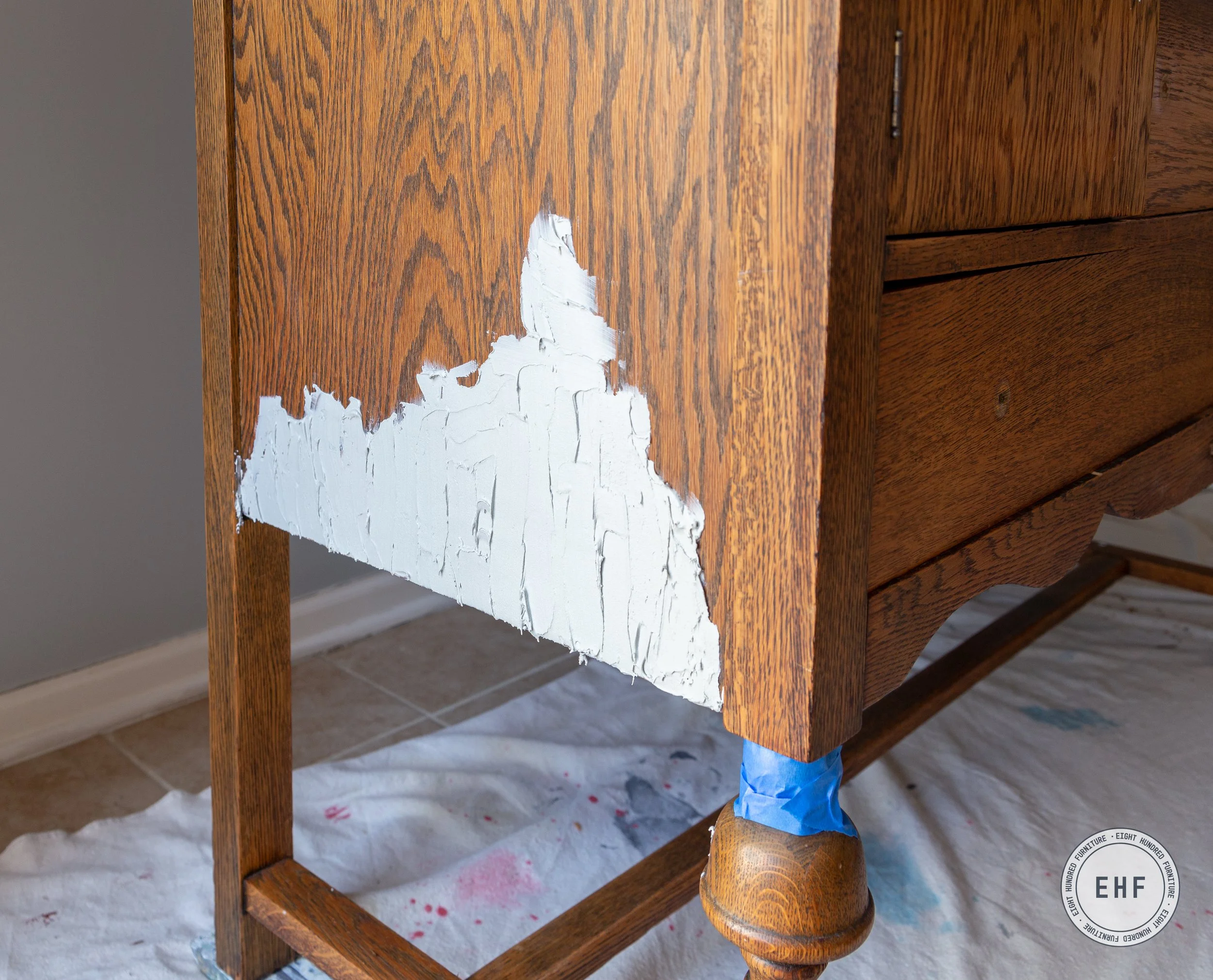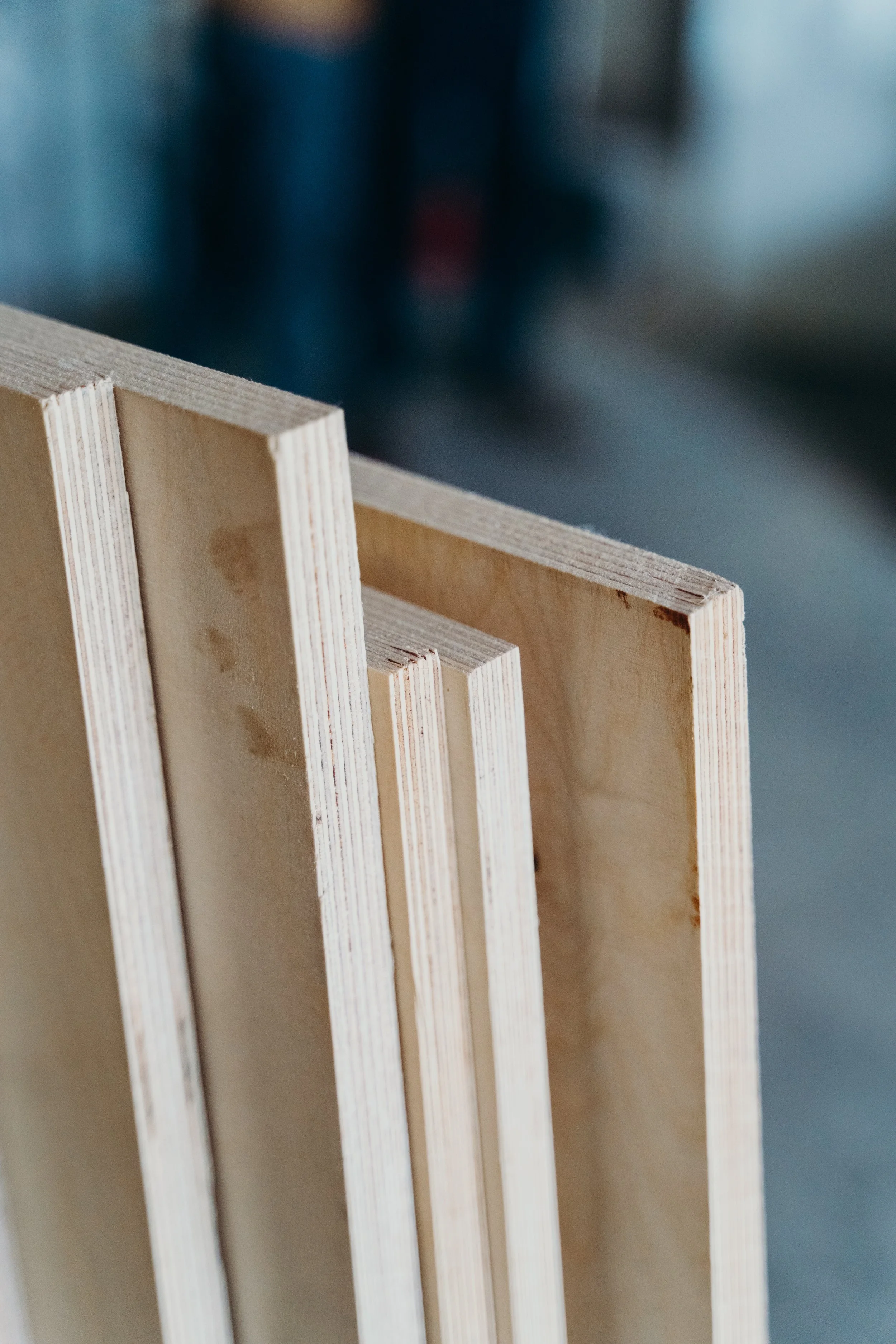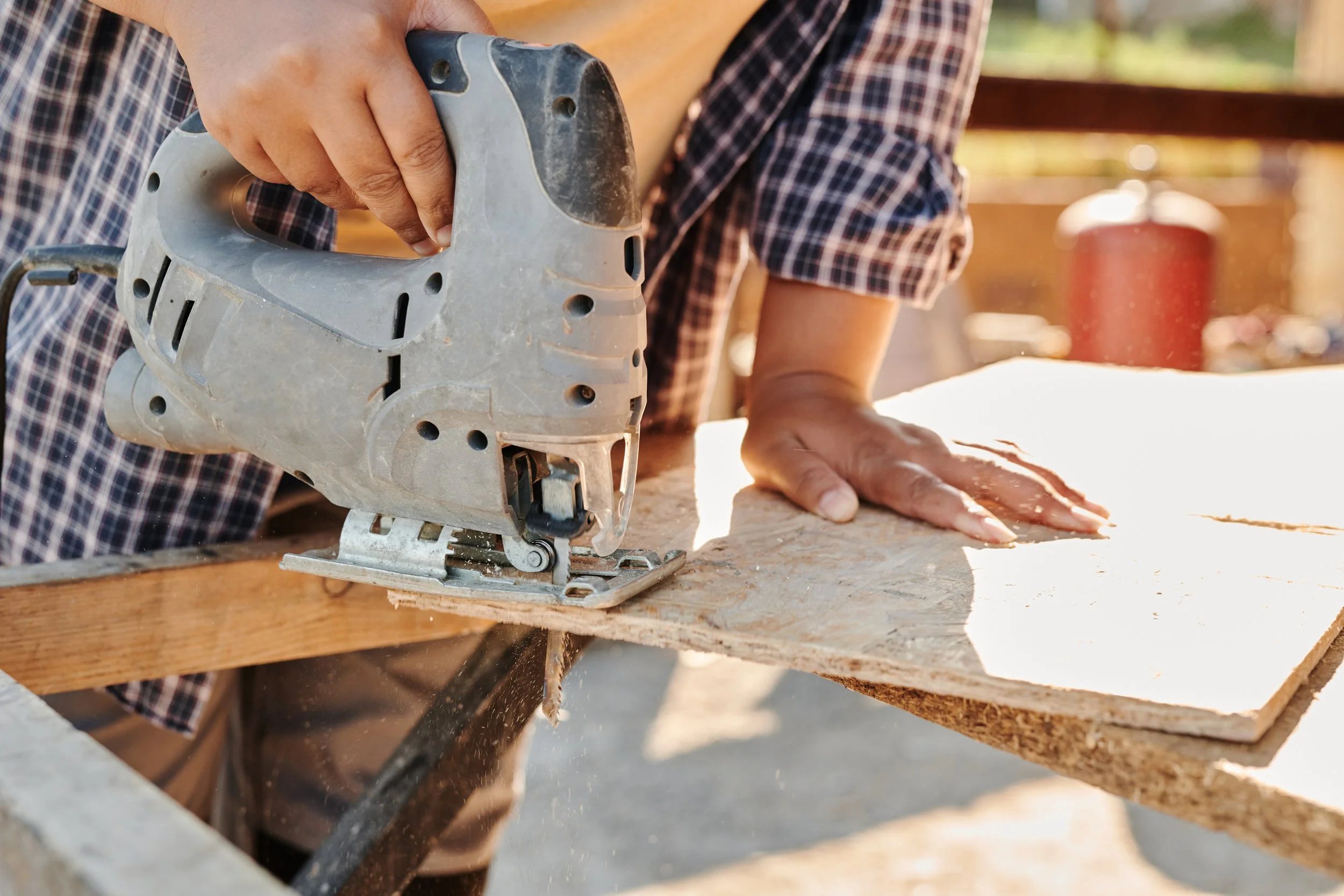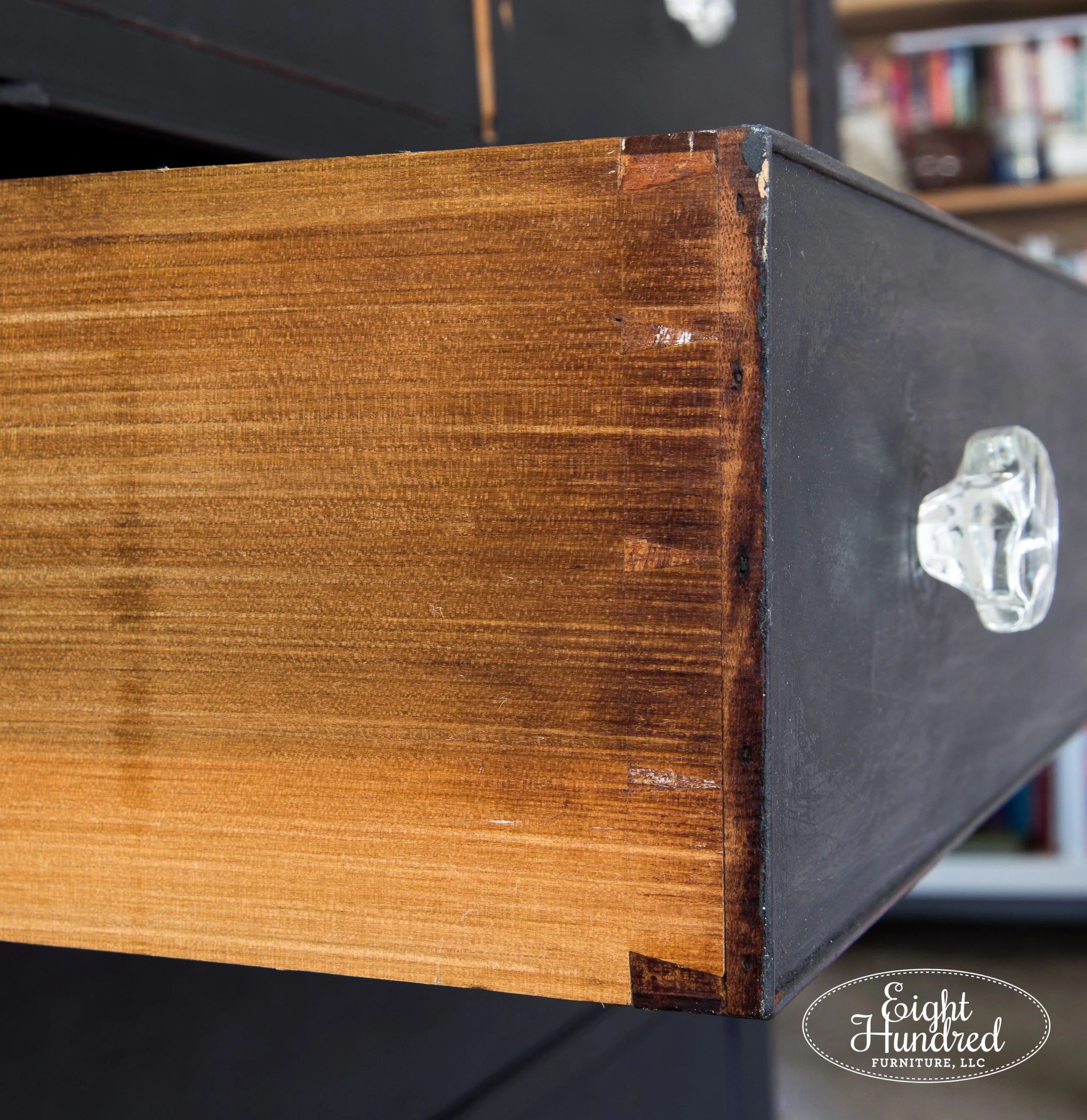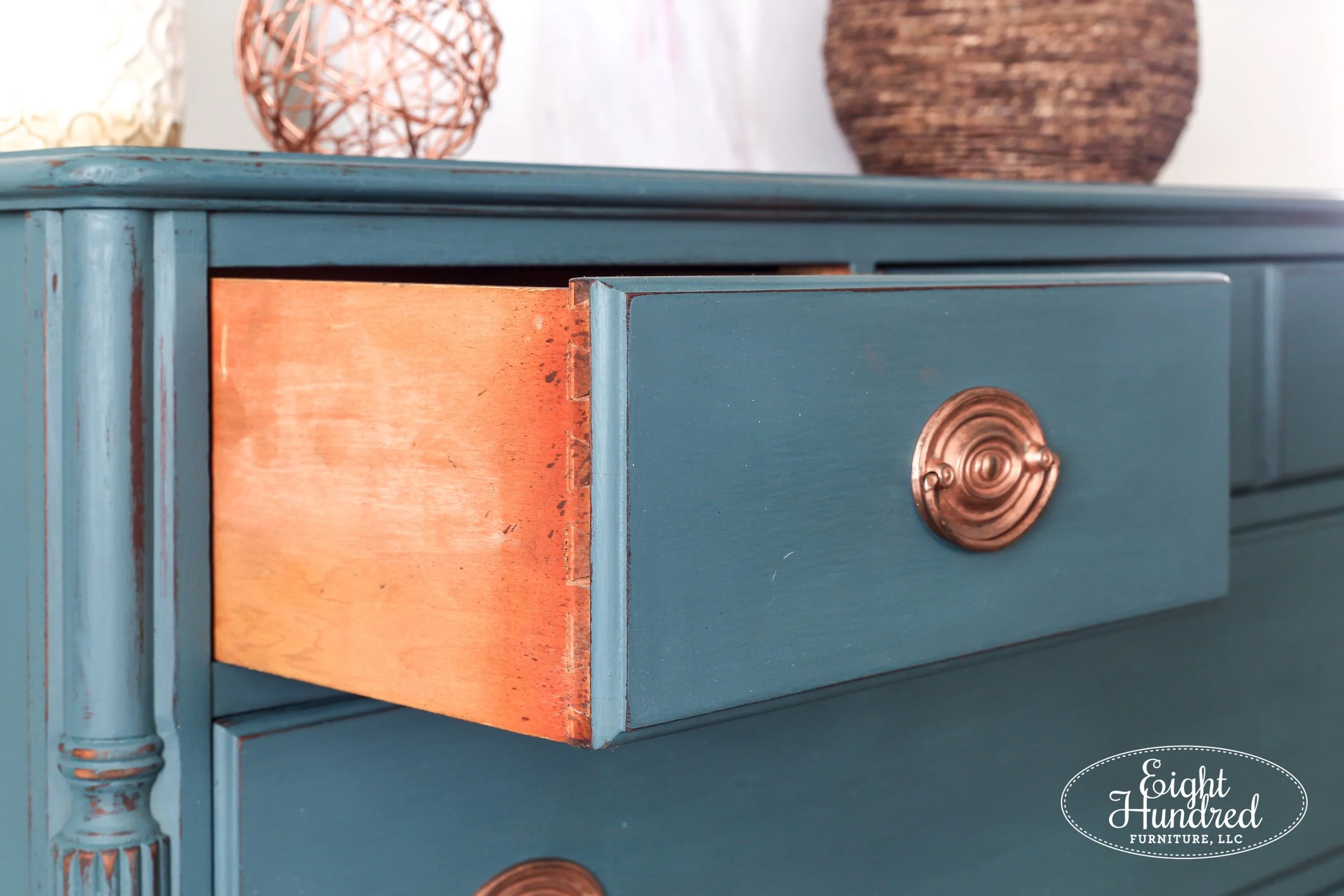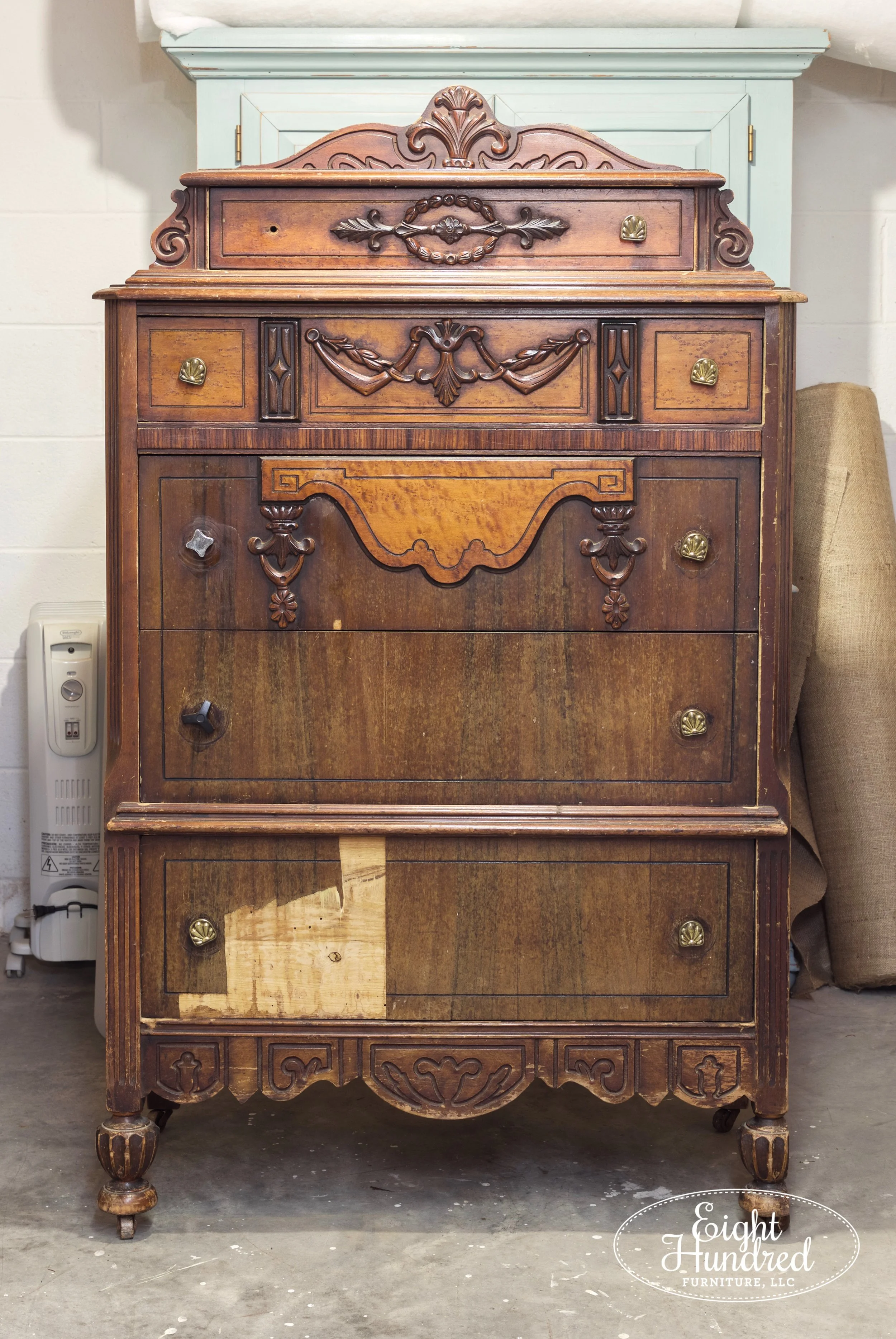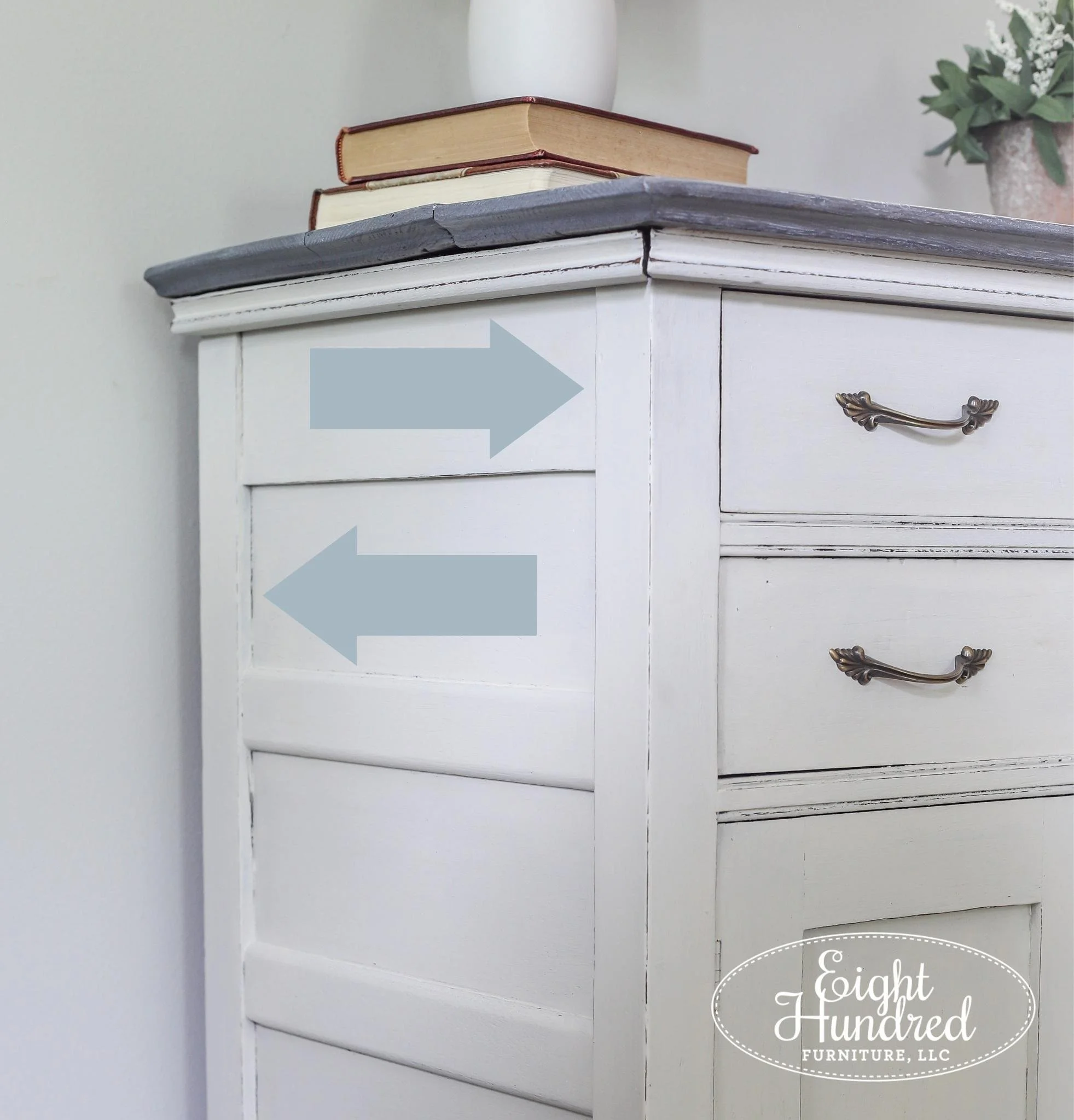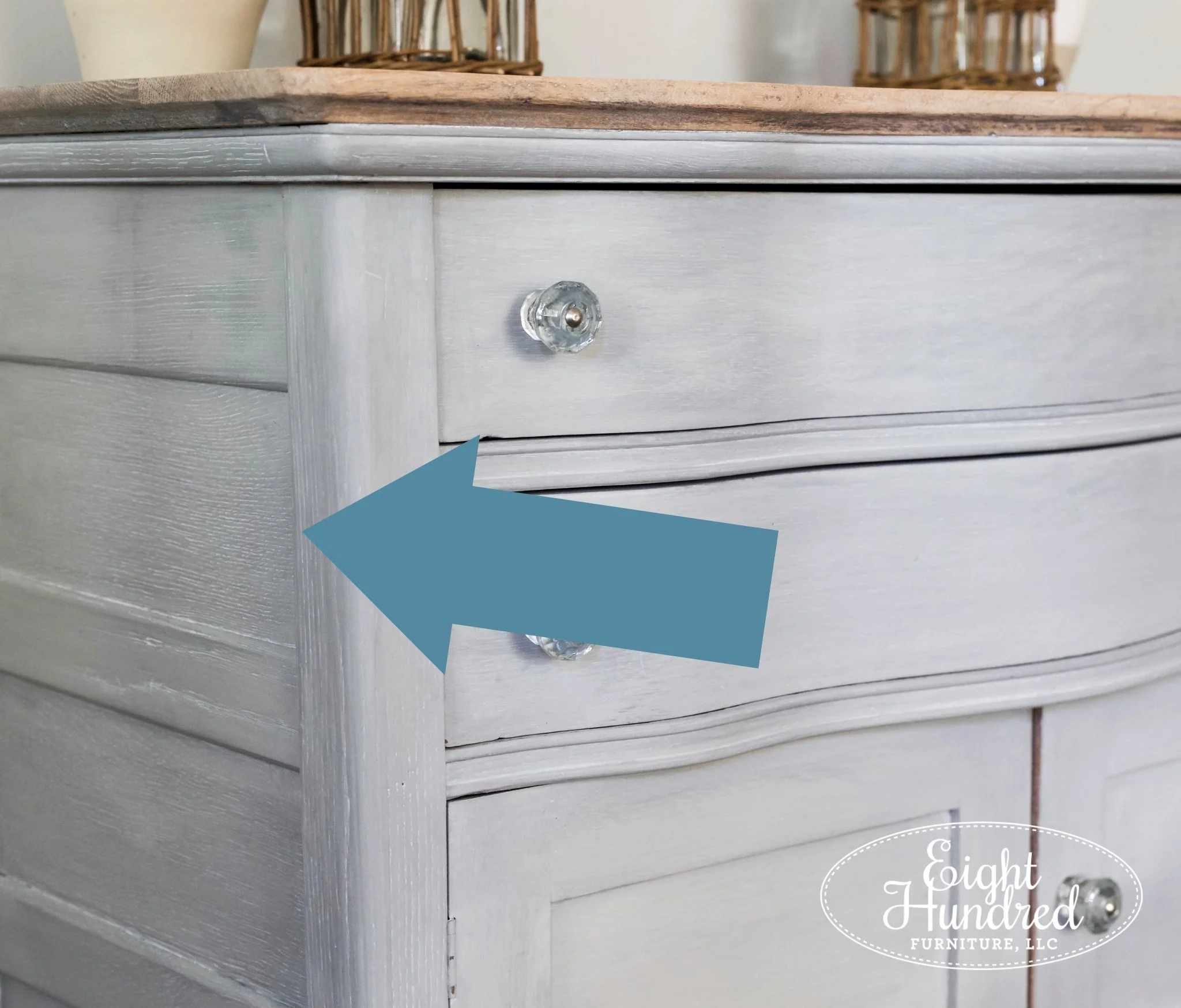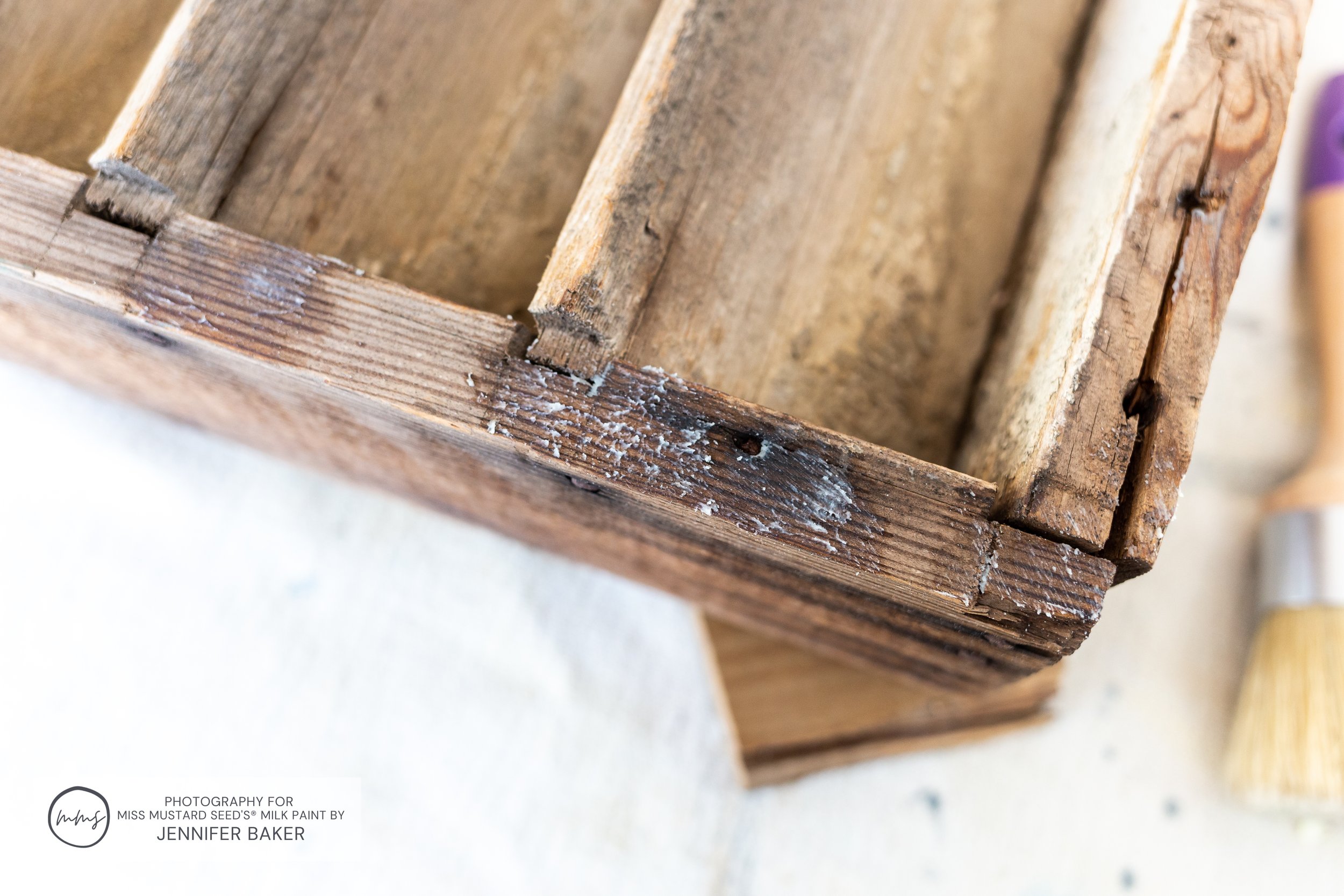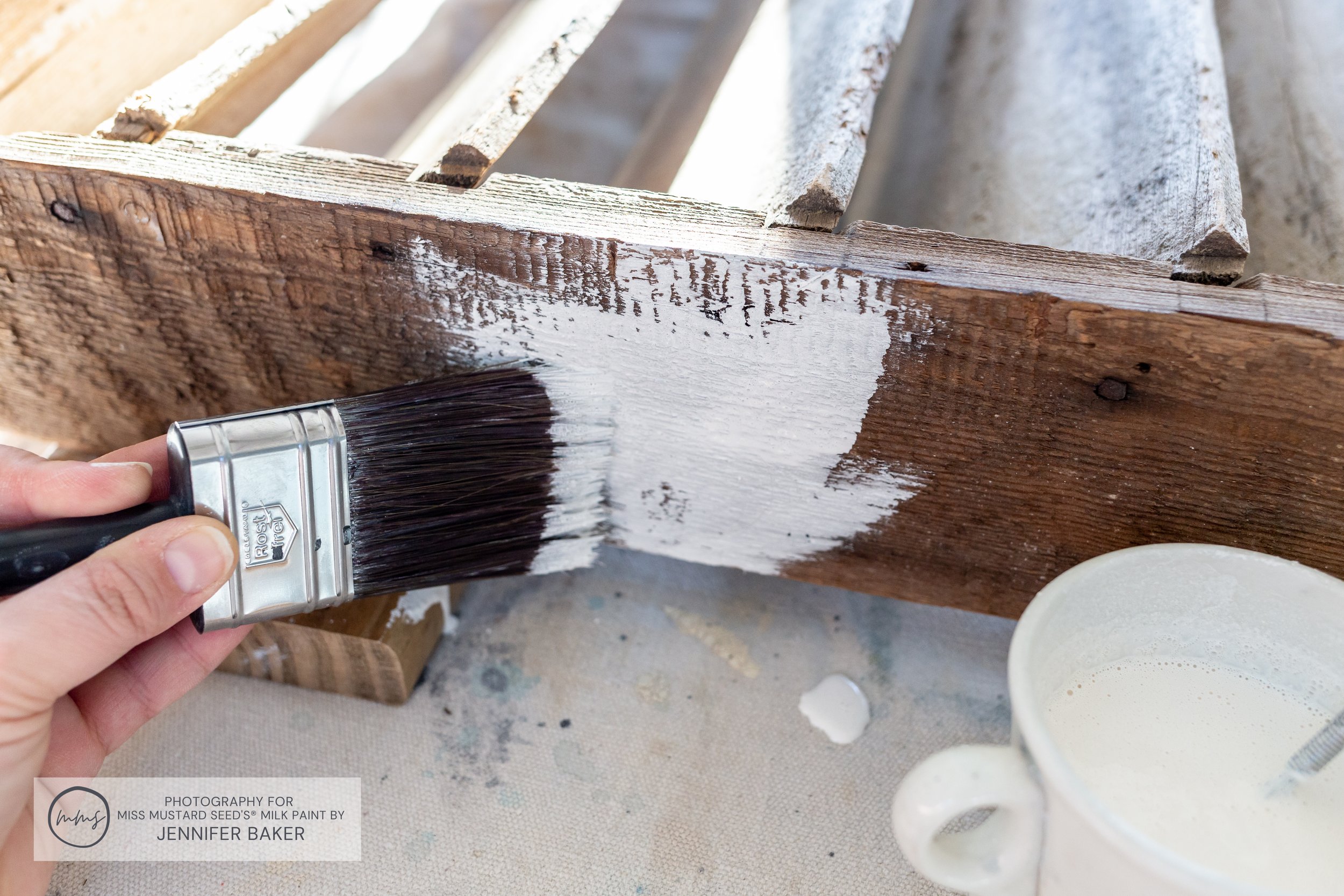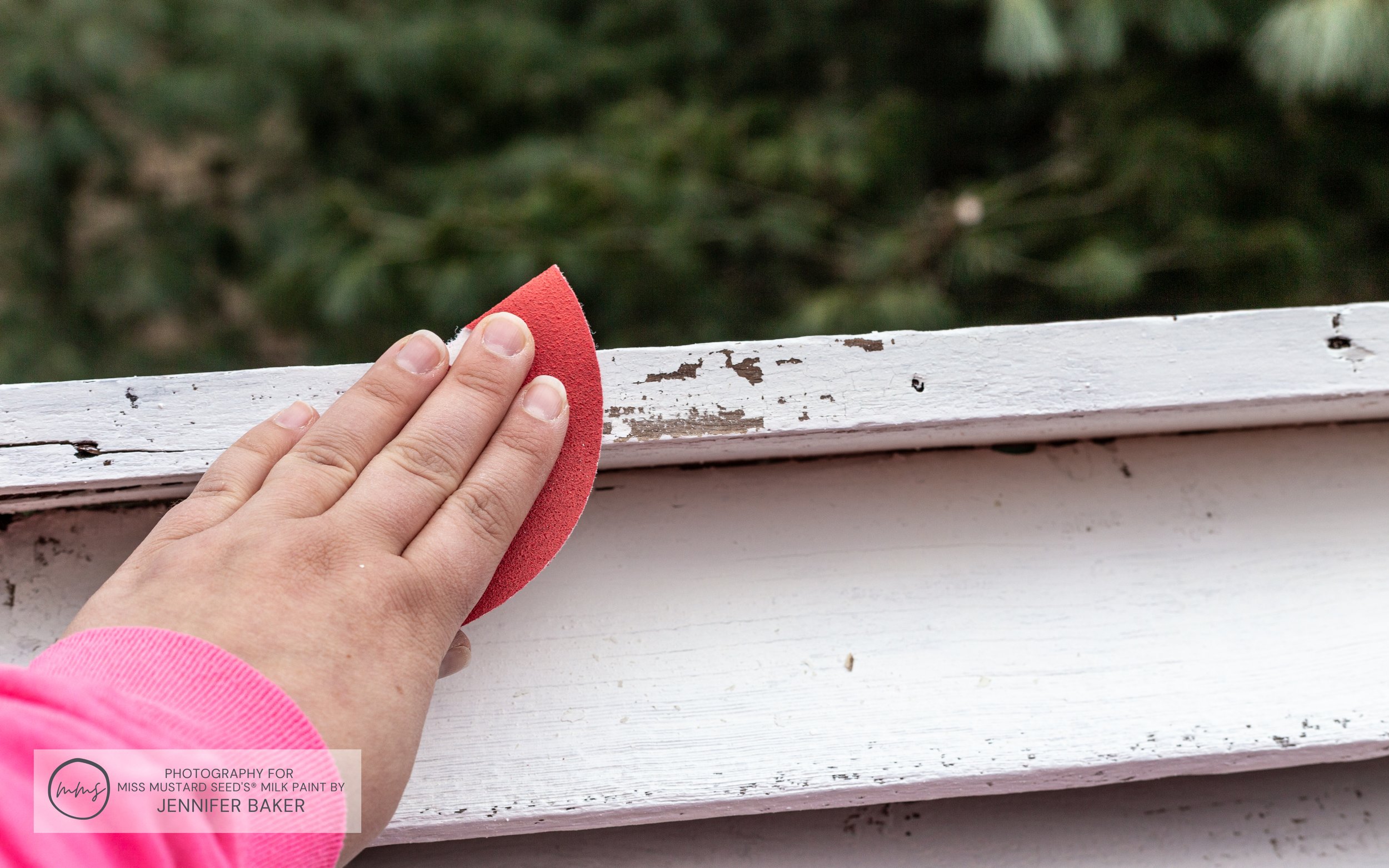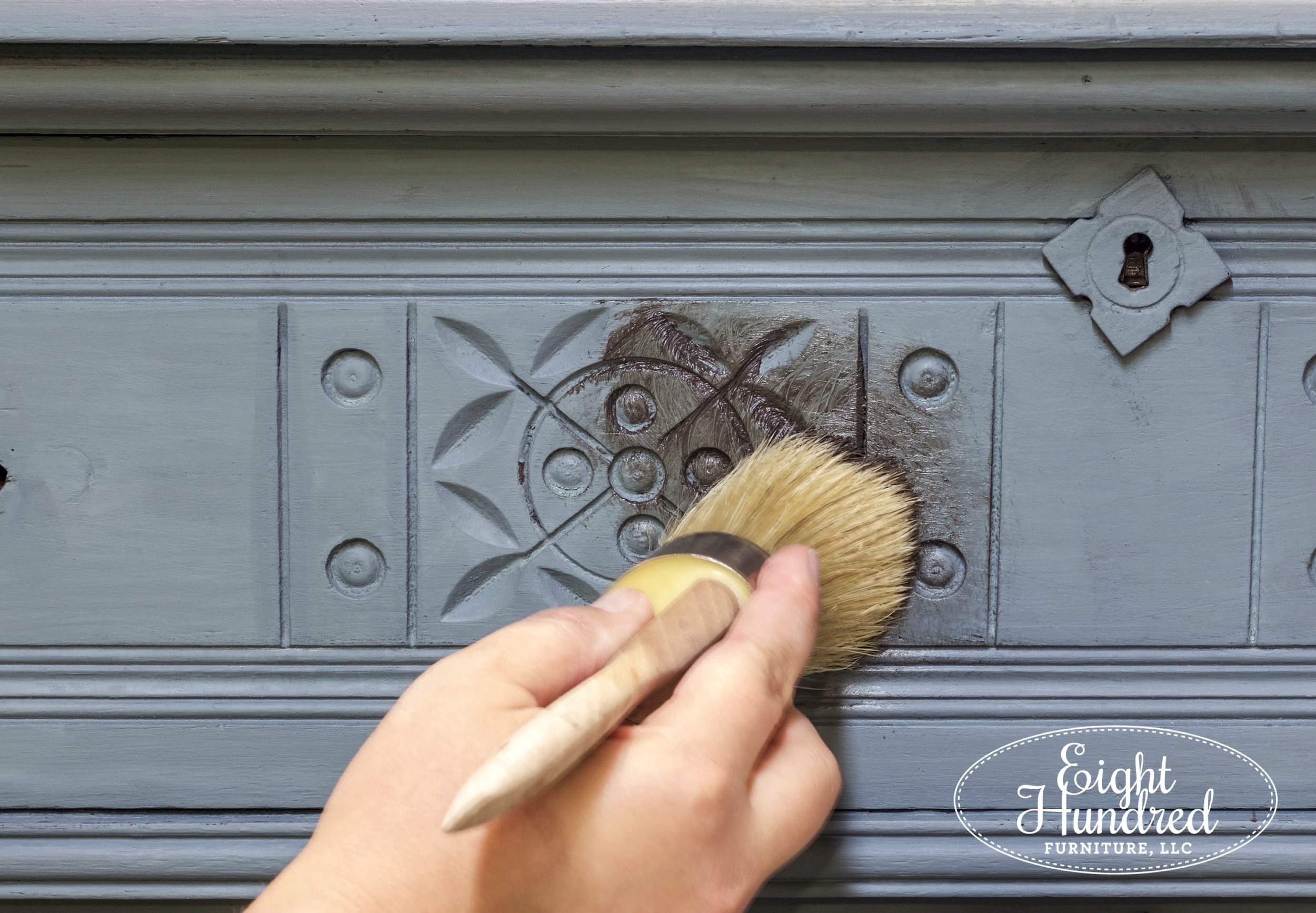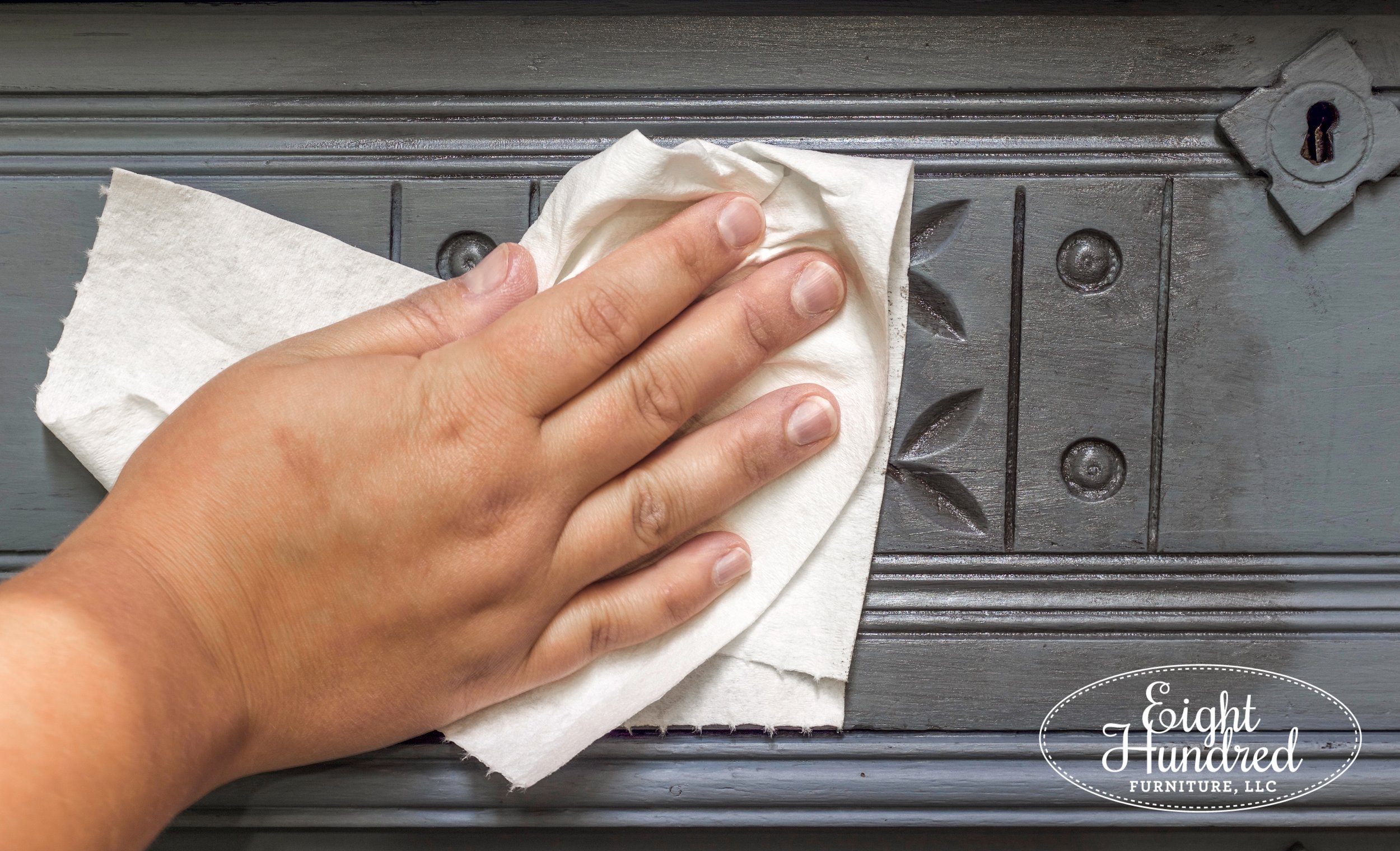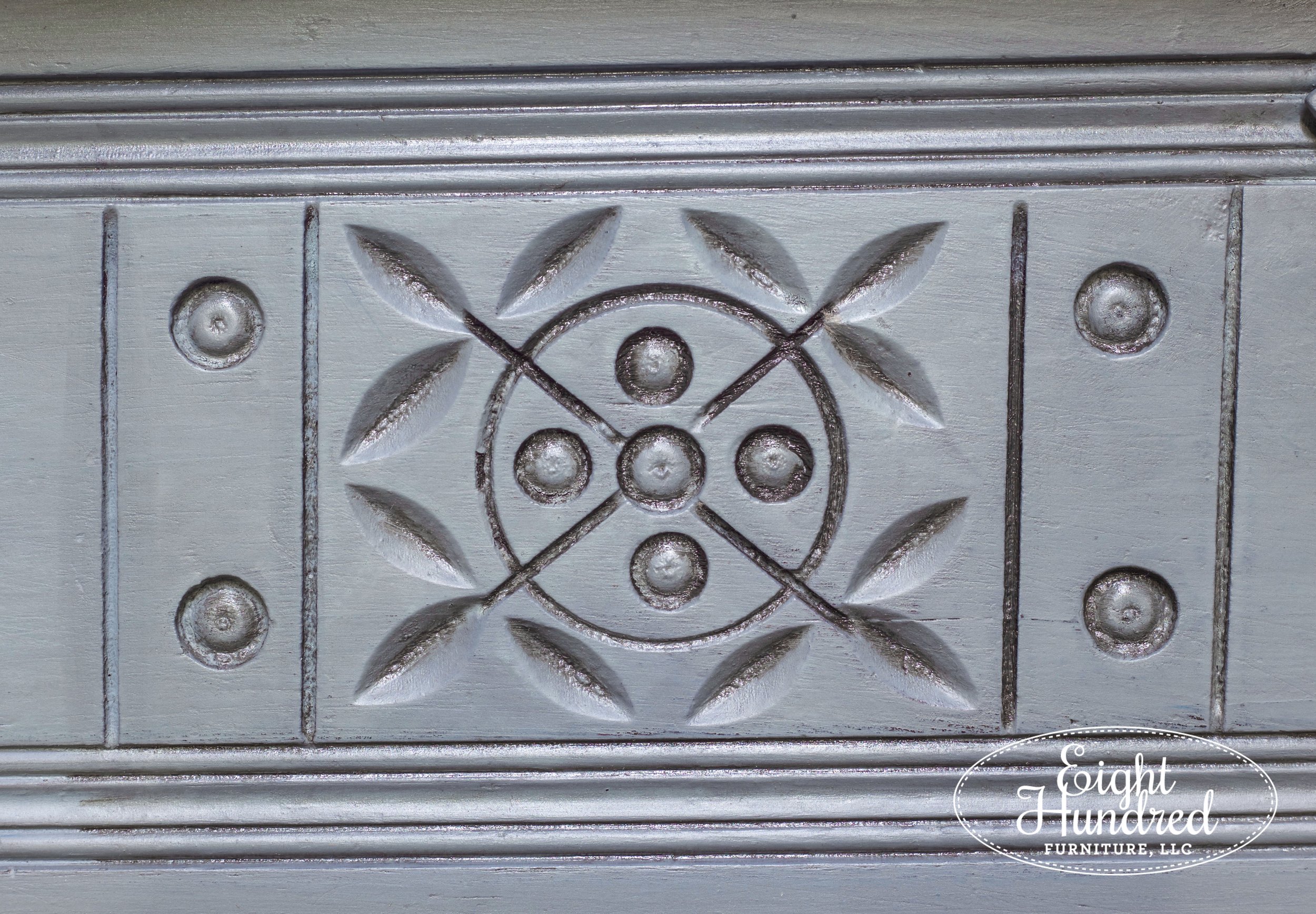Basic Furniture Refinishing Vocabulary
Jenn’s Furniture Refinishing FYI Series
If you’ve spent time in the world of furniture refinishing, you’ll come across the same words time and time again. Whether you’re a beginner or an advanced refinisher, we thought it would be handy to come up with a list of basic furniture refinishing vocabulary.
Pin this page so you can reference it during your next project!
Prepping Vocabulary
Scuff Sand/Prep Sand - Using a medium grit sandpaper to rough up the surface of your project. The goal is to break the seal on the existing finish, NOT to remove it completely. This is a crucial step in prepping your project for a new paint finish.
Denatured Alcohol - This is a fabulous cleaning product that can be used to get rid of dirt, grime and other surface contaminants. Mix with equal parts water in a spray bottle. It’s not the same as Rubbing Alcohol and can be purchased in the paint aisle of your local hardware store. One advantage of using Denatured Alcohol is that it does not require rinsing after use.
TSP - Trisodium Phosphate. This is a white granular chemical that can be mixed with water to create a tough-working cleaning solution. Once it’s diluted with water, TSP makes short work of stains, grease and other surface contaminants. TSP must be rinsed off the surface thoroughly before moving forward in the refinishing process.
Troubleshooting
Bleed-Through - When stains wiggle their way through your paint, and they keep coming back no matter how many coats of paint you apply. They can take the form of red or pink splotches, tan or brown rings or yellow knots commonly found on pine wood species. For tips on how to combat bleed through, click here.
Shellac - A resin that comes from a bug called the “lac bug” that lives in the forests of India and Thailand. It can come in dry flakes, or can be dissolved in alcohol, making liquid shellac. You can use shellac as a finish on wood, to create a crackle finish (learn how here) or to prevent bleed-through. Shellac has a very strong odor and it ambers over time and does not dry clear. It’s best you don’t use it over white paint. (UNDER white paint is fine though!)
Primer - A product that is specially designed to provide adhesion and/or stain-blocking properties. They can be clear, bright white or tinted to a light shade of gray. They can also be water-based, shellac-based or oil-based. Primers should always be applied in 2 coats - the first draws out stains and the second covers them over. They can be sprayed on or brushed on your project.
Bondo® - Bondo® is a brand that manufactures all-purpose putty and wood filler. It’s an excellent product to use if you need to make repairs on your project. It fills in holes, gauges and sections of missing wood veneer. It has a strong odor, so make sure you use it in a ventilated area. Bondo® dries quickly and rock hard, making it an ideal product to have in your workshop.
Wood Putty - A dense putty that is used to repair damaged wood. It doesn’t dry hard, allowing it to flex with the natural expansion and contraction of wood surfaces. Use it to cover nail holes, small imperfections and joint mis-matches. Wood putty is different than wood filler in that wood filler dries hard and is made from actual wood fibers. It’s used to maintain the integrity of the wood and usually comes in one color. Wood putty comes in many different colors so you can match it to the species of your project.
Furniture Construction
MDF vs. Particleboard vs. Plywood - MDF stands for medium-density fiberboard. It’s smooth and is made from wood grains that are all the same size. Particle-board does NOT have a smooth surface because it’s made from wood shavings and chips. MDF is much denser than particle-board, so it’s much heavier. Plywood is made from thin layers of wood veneer that are glued together.
Plywood
Particleboard
Dovetail - A type of joint that looks like interlocking teeth. Dovetail joints are one of the strongest joints in furniture construction, and can be hand-cut or machine-cut.
Hand-cut Dovetail Joint
Machine-Cut Dovetail
Wood Veneer - Paper-thin sheets of real wood that are glued or laminated onto lesser quality wood to simulate the look of fine furniture. Wood veneer is usually made from expensive decorative wood, like mahogany, and is placed over less attractive wood, like tulip poplar. Veneer can sometimes be missing or damaged on antique furniture, but it can easily be repaired with Bondo® or wood putty.
Removing Damaged Wood Veneer With A Heat Gun
Missing Wood Veneer On A Depression Era Dresser
Cove-And-Pin - A type of joint that looked like scallops with a dowel in the middle. The dowel is the “pin”, and the scallop is the “cove”. This joint was used from 1870 - 1900, and is also referred to as a “Knapp Joint” after its creator, Charles Knapp.
Mortise-And-Tenon - A type of joint that fits a protruding piece of wood (the tenon) into a corresponding slot (the mortise). You’ll find these joints on the body of dressers, buffets and washstands. This joint has been used for thousands of years because of its strength. Here are examples of side panels on washstands that were attached to the supporting corner pieces using mortise-and-tenon joints.
Furniture Painting Techniques
Distressing - The act of removing paint from a surface to simulate age and wear. It can be done with sandpaper or by using a rag to rub the paint away while it’s wet.
Resist - A resist is anything that causes paint to resist adhering to the surface. As a decorative technique, this involves applying a product such as our MilkWax™ - Clear or MilkWax™ - ECO to the surface, then painting over it. Once the paint dries, the paint on areas where the resist product was applied will fall away, revealing the surface beneath. This is a fabulous technique to simulate the “chippy” look on raw wood (click here to learn how) or to create multiple of layers of paint.
Whitewash/Limewash - Applying white wax or white paint over top of raw wood or a different color of MilkPaint™ to make it appear as if it’s whitewashed. You can also do this with any color (aside from white) and do a color wash. Usually the washing color is mixed thin, allowing it to be a bit translucent. Click on the image below to read how this red brick wall was whitewashed using MilkPaint™.
Antiquing - When you antique a finish, you apply a dark tinted topcoat or paint over your project. Typically this is done in a brown, black or burnt umber color. Our MilkWax™ - Antiquing is a great product choice to achieve this look!
Chipping/Chippy Paint - Chipping paint is essentially a look you get when your paint fails to adhere to the surface. It falls off in patches (which can be big or small), creating a chipped paint effect. This can happen naturally on your project, or you can force it by using a resist.
Topcoats
Opaque - Unable to be seen through i.e. full coverage.
Translucent - Watered down and able to be seen through. Color washes are translucent.
Topcoat - A product you apply on your project to protect it from wear and tear. The topcoat goes on last and come in the form of a wax, oil, lacquer, varnish or polyurethane.
Poly (Polyurethane) - Poly’s are plastic in liquid form. They range in sheen from flat to gloss and can be oil or water-based. Our MilkCoat™ is a water-based poly that’s easy to use, quick to dry and comes in a variety of sheens.
I hope this list of commonly used words will help you in your furniture painting journey.
Do you have any suggestions of words we should add? Write them in the comment section!

